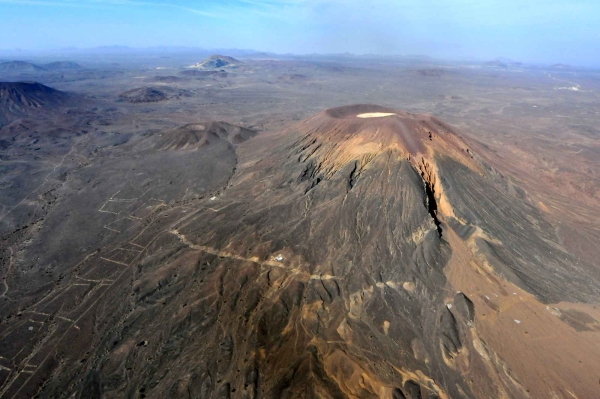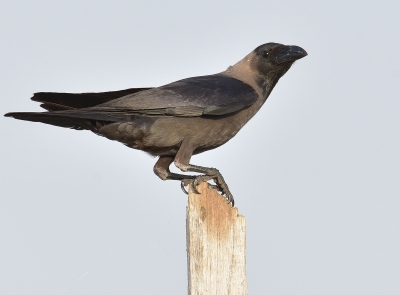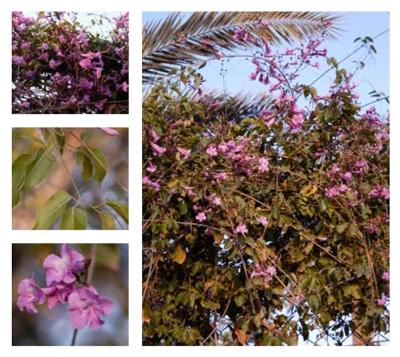

Yes, there are volcanoes in the Kingdom of Saudi Arabia, specifically in its west and north. The Saudi Geological Survey is responsible for studying volcanoes and earthquakes in the Kingdom and conducts continuous assessments of volcanic hazards.
According to the Saudi Geological Survey, volcanic fields (harrat) are widespread in the western part of the Kingdom, covering an area of approximately 112,000 m. In terms of size, they are among the largest basaltic volcanic provinces in the world. The relatively recent volcanic fields in the Arabian Peninsula are considered geologically active. Among these is Harrat Rahat (located in al-Madinah al-Munawwarah), one of the largest volcanic fields in the Kingdom, extending from the north of Makkah al-Mukarramah to the south of al-Madinah al-Munawwarah, covering an area of about twenty thousand km. This comes in addition to Harrat al-Shaqah (located in al-Madinah al-Munawwarah and Tabuk), Harrat Khaybar (al-Madinah al-Munawwarah), Harrat Alithnayn (al-Madinah al-Munawwarah and Hail), Harrat Hutaymah (Hail), and Harrat Uwayrid (Tabuk).
According to a study by the Saudi Geological Survey, the distribution of volcanic fields (harrat) in the Kingdom is linked to intense fracturing and faulting movements associated with the opening of the Red Sea Rift. This geological feature emerged at the end of the Oligocene or the beginning of the Miocene, approximately twenty-five million years ago, when the Arabian and African continental masses were in the process of separation.
Most of the volcanic fields (harrat) were formed during the initial phase of volcanic activity, which coincided with the opening of the Red Sea. They were initially inactive.
Related quizzes
Related articles

